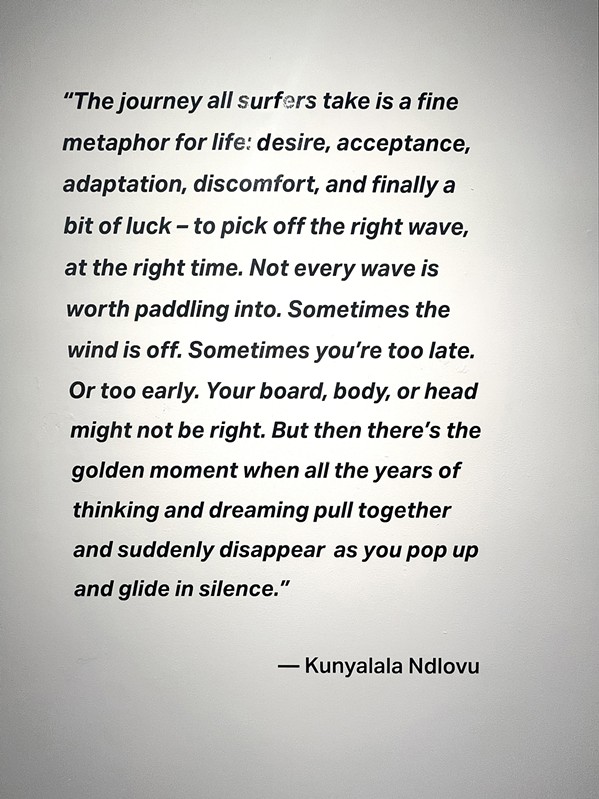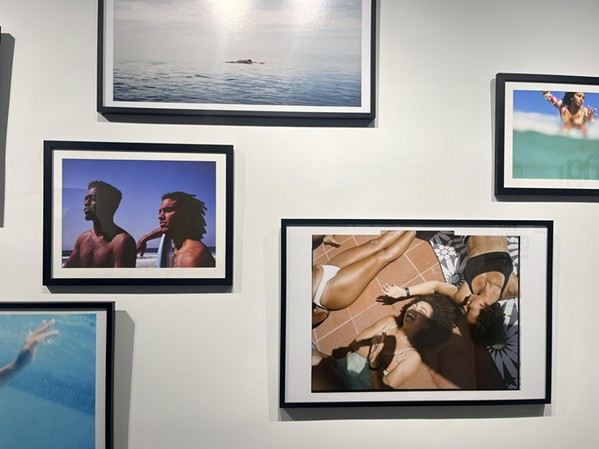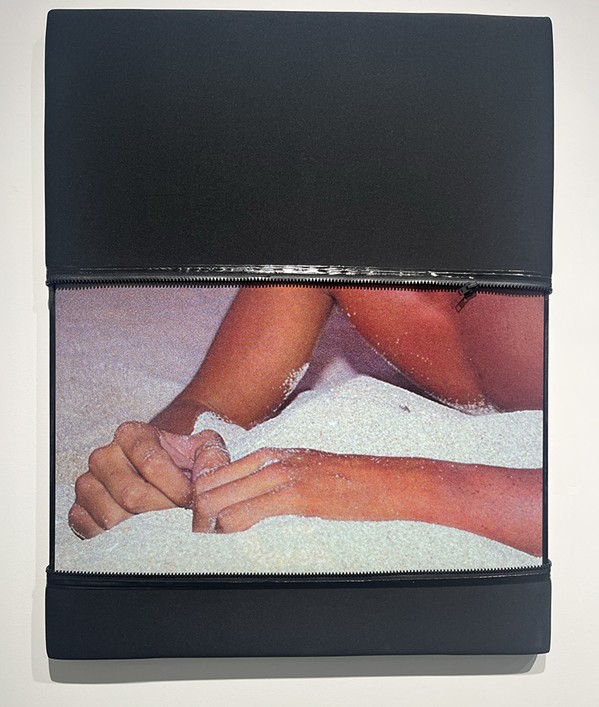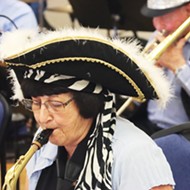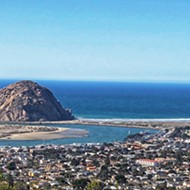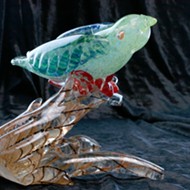Nine artists from around the world share insights about surf culture and community
By Samantha Herrera[
{
"name": "Newsletter Promo",
"id": "NewsletterPromo",
"class": "inlineCenter",
"insertPoint": "4",
"component": "15264767",
"requiredCountToDisplay": "0"
},
{
"name": "Ad - Medium Rectangle CC01 - 300x250 - Inline Content",
"class": "inlineCenter",
"insertPoint": "8",
"component": "15582119",
"requiredCountToDisplay": "12"
},{
"name": "Ad - Medium Rectangle LC01 - 300x250 - Inline Content",
"class": "inlineCenter",
"insertPoint": "18",
"component": "15582122",
"requiredCountToDisplay": "22"
},{
"name": "Ad - Medium Rectangle 9 - 300x250 - Inline Content",
"class": "inlineCenter",
"insertPoint": "28",
"component": "15582121",
"requiredCountToDisplay": "32"
}]
For many on the Central Coast, the ocean is a way of life and it’s hard to picture living anywhere other than next to the lively body of water.
Between now and October, land-loving locals and ocean afficionados alike can be immersed in a world of surf history, culture, and communities at the San Luis Obispo Museum of Art (SLOMA) exhibit Whose Waters?, featuring nine artists (some local, some not).
During an artist panel on July 13, SLOMA’s chief curator, Emma Saperstein, said that when she first moved to the Central Coast in 2016, she knew she wanted to start surfing pretty much right away and was nurtured by a sweet local community.
“As I started to work on the show, I started to make unique experiences—I mean the Central Coast in general is a more nurturing community. There’s less of a water base, it feels more supportive. But it’s also ... nurtured in a very specific way, and that’s certainly not everyone’s experience,” she said. “This show is sort of meant to comment on that.”
In addition to the three artists featured below, the exhibit includes boards by Central Coast surfboard shaper Shea Somma, photographs by Catherine Opie, tintype photography by Joni Sternbach, drawings by Sandow Birk, stills from a video by Vernon Ah Kee, and a film by Tracey Moffatt.
Kunyalala Ndlovu
Born in the landlocked country of Zimbabwe, Ndlovu is a London-based writer and artist who wrote Afro Surf, which tells the stories of African surf culture through profiles, essays, photographs, and illustrations.
However, his relationship with surfing came long before he actually hit the water. During the recent panel discussion, Ndlovu reminisced about a time in his youth when his father handed him a Billabong shirt that had Australian surfers on the back. That proved to be a destiny-driven moment, and from then on, he decided he was going to find some way to surf.
Moving to Cape Town, South Africa, in his late 20s, Ndlovu decided that even if he was going to catch just one wave, it would all be worth it.
“Being a sort of young Black man from a landlocked country, making it into the surf in Cape Town 27 years later, was kind of a big moment for me,” he said.
One of Ndlovu’s excerpts from Afro Surf is on display in the Whose Waters? exhibition at SLOMA, sharing a message of life’s parallels.
“The journey all surfers take is a fine metaphor for life: desire, acceptance, adaptation, discomfort, and finally a bit of luck—to pick off the right wave, at the right time,” his excerpt reads.
Gabriella Angotti-Jones
Growing up surfing the waters of San Clemente, Angotti-Jones said that as a young, Black, African American girl she never felt like she was accepted in the culture. As a result, she associated the sea with trauma.
“I would find it really interesting that growing up, I too started associating the ocean with trauma and difficulty,” she said during the artist panel. “These places everyone talks about, beautiful places, just like kind of suck to be, but I was also fascinated with it. I was like, ‘Why do I keep getting called back? Why do I want to study in marine sciences?’
“It wasn’t really until I took a break and really started examining that the ocean is a place where I’ve processed stuff that’s really difficult for me.”
Angotti-Jones found her way back to surfing during the beginning of the COVID-19 pandemic and started photographing her friends out in the water. These photographs, which are featured in the Whose Waters? exhibition, share the stories of how Southern California’s surf culture changed to start including women, people of color, and LGBTQ-plus people.
“COVID, which had a lot of Black and brown people surfing for the first time, it was like a huge shift,” she said. “We would show up and drop in and it was just chaotic, and it was super dangerous, but it was really fun. Since then, a lot of us have scaled back and forth on proper etiquette and stuff like that, but I do think it was really helpful for my group of friends and for me personally.”
Stephen Milner
Drawing inspiration from the 1980s, what he describes as the golden age of surfing and queer politics, Milner’s art uses repurposed neoprene materials and vintage wetsuit advertisement imagery to create a narrative for himself.
“My practice is based around, I guess you can say, the surfing work. I photographed in the past before surfing, and I had a hard time trying to create a narrative for myself, it was just purely like documentaries,” the Joshua Tree-based artist said during the recent panel. “So, with this work, I was collecting a lot of surf magazines and also porn-erotic magazines as well, all pre-’80s. But I just started using these images to kind of create a new narrative that I can relate to, something I didn’t find in these certain magazines.”
In Milner’s collection in the Whose Waters? exhibit, he shows an array of photographs that are all framed by slightly closed zippers of wetsuits. His photos have an air of quietness to them—looking at his photographs give a feeling of being struck in time.
This air correlates to how Milner said he feels out in the water, describing it as a place where he tends to find peace.
“For me, I like being out in the ocean alone. I love the beauty and everything as well, but for me, it’s the place to be in the moment to process things,” he said. “I didn’t really have a community of people who were able to serve with weight, so I still have a bad habit of surfing alone.
“Now, we have so many great surf clubs to join in on, and I think that’s fantastic because it really allows access to get in the water and to surround yourself with like-minded groups.”
Reach Staff Writer Samantha Herrera at [email protected].

